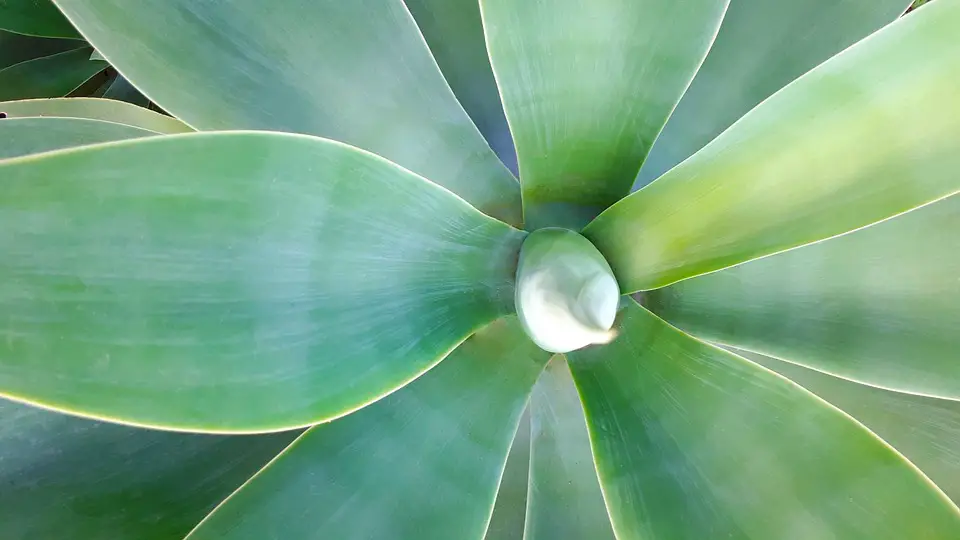Introduction
Urban agriculture is a growing trend in cities around the world, as people are becoming more aware of the benefits of growing their own food.
With limited space available in urban environments, traditional gardening may seem challenging.
However, home hydroponics offers a solution by allowing individuals to grow plants indoors without the need for soil.
This innovative gardening method is revolutionizing the way we think about urban agriculture and has the potential to shape the future of farming.
The Benefits of Home Hydroponics
Home hydroponics offers numerous advantages over traditional soil-based gardening.
Firstly, it allows plants to grow faster and produce higher yields due to the optimized conditions provided.
By providing the right balance of water, nutrients, and light, hydroponics systems promote rapid and healthy growth.
Additionally, hydroponics eliminates the need for pesticides and herbicides since the growing environment is controlled and pests are less likely to encounter the plants.
Secondly, home hydroponics is incredibly space-efficient.
With vertical gardening designs, plants can be stacked upon one another, maximizing production within a limited area.
This is particularly advantageous in urban environments where space is at a premium.
Furthermore, this method of gardening uses significantly less water than traditional agriculture.
Hydroponics systems recirculate water, meaning that very little is lost through evaporation or runoff.
In a world grappling with water scarcity, this is a critical benefit.
The Role of Technology
Technology plays a vital role in the future of home hydroponics.
Advances in automation and sensor technology allow for precise control over the growing environment.
Smart systems can monitor and adjust factors such as temperature, humidity, and nutrient levels, ensuring optimal conditions for plant growth.
Additionally, smartphone apps enable remote monitoring and control of hydroponics systems, providing users with the ability to manage their gardens from anywhere at any time.
Furthermore, innovative lighting technologies such as LED grow lights have revolutionized indoor farming.
LED lights provide the specific spectrum and intensity of light required for photosynthesis, resulting in healthier plants and increased yields.
These energy-efficient lights also lower electricity costs, making home hydroponics even more sustainable.
The Future of Home Hydroponics
As the world’s population continues to grow and urbanization intensifies, the future of home hydroponics is promising.
This method of gardening has the potential to contribute significantly to solving food security challenges in urban areas.
The ability to grow fresh produce at home means reduced transportation costs and fewer carbon emissions associated with long-distance food distribution.
With ongoing technological advancements, home hydroponics systems are becoming more accessible and affordable to the general public.
Price reductions in equipment and the availability of DIY kits make it easier for individuals to start their hydroponics journey.
Moreover, home hydroponics has the potential to inspire a greater appreciation for where our food comes from and encourage sustainable practices.
By reconnecting with nature through indoor gardening, individuals can develop a sense of responsibility towards the environment and their own well-being.
FAQs
What plants can be grown using home hydroponics?
Home hydroponics allows for the growth of a wide range of fruits, vegetables, and herbs.
Popular choices include lettuce, tomatoes, peppers, herbs like basil or mint, and even certain fruiting plants like strawberries or cucumbers.
How much space is needed for a home hydroponics system?
The space requirements vary depending on the specific system and plant selection.
However, hydroponics systems are renowned for their space efficiency.
Even small setups can yield impressive results, and vertical gardens maximize usable space.
Is home hydroponics suitable for beginners?
Yes, home hydroponics can be a great option for beginners.
Many hydroponics systems are designed with ease of use in mind, and various online resources and communities provide guidance and support for beginners.




